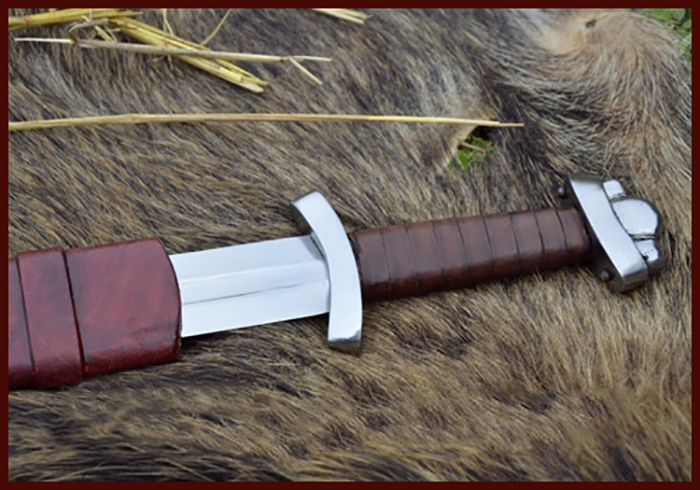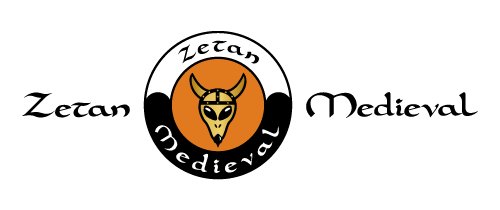How Knights Dressed in Battles
knights carried weapons to attack their enemies. And to protect themselves from these they used to wear armor , which changed a lot during the Middle Ages. In the year 1000 the armor was a loriga or chain mail , made up of several thousand small iron rings linked together. To defend the head they used a helmet, which was simply a helmet, generally made of iron or bronze, which sometimes had a metallic piece inserted to protect the nose ( the nasa ). The cuirass was a coat of mail that reached to the knight’s knees. This was complemented with a kind of hood, called chain mail coif.
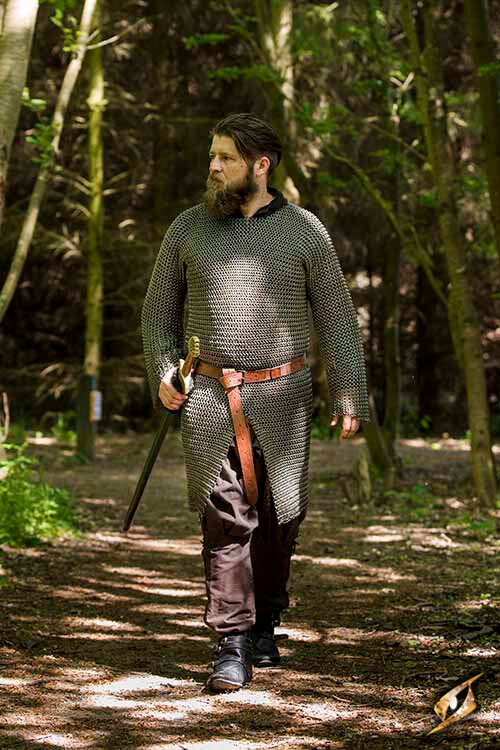
Parts of the Armor of a Medieval Knight
Running the times the loriga was replaced by the cuirass . Made of silvery steel and very heavy, it protected the entire volume of the knight’s body, as if it were an articulated frame. It was a better protection element than the cuirass. It was reinforced at shoulders, knees and elbows. At the end of the Middle Ages, the helmet was improved by incorporating a visor that could be moved and completely cover the face of the knight. In the cuirass we can distinguish among others: the helmet, the breastplate, the back, the skirt, the gauntlets, the leg, etc. This armor weighed between 20 and 30 kilos and it was not an easy operation to put it on, most of the time requiring another person to carry out the operation. Beneath the armor, the knights wore a padded doublet, called a gambeson.
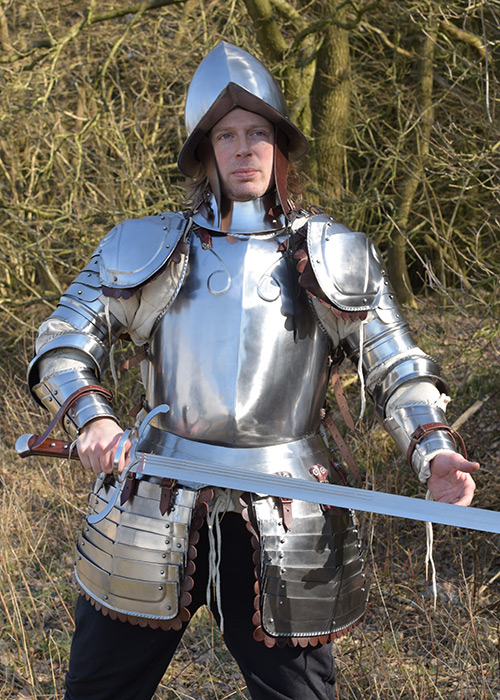
Medieval Knight Shield
Another element of protection was the shield . Shields were generally carried on the left arm. Most were leather with a wooden frame. Firstly, they were round, to gradually lengthen until they reached a meter and a half. Later they were reducing their size to become triangular and of reduced dimensions.
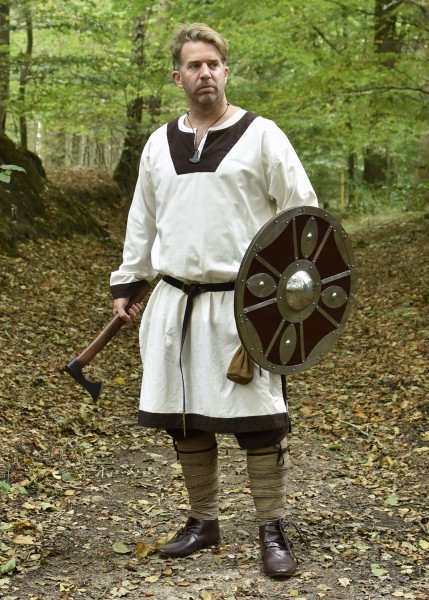
The Weapons of a Medieval Knight
Until now we have talked about the knight’s defense elements, but these, of course, had artifacts that they used to attack the enemy. The first and foremost was the sword, capable of withstanding the hardest blows and with a very sharp tip. Many of them had names to distinguish the gentleman who carried it. Another defense element was the spear, which was a long wooden shaft 4 to 6 meters long ending in a metal point. We will also highlight: the daggers and daggers that are like swords, but smaller -the dagger is a little longer than the dagger-. They were used preferably in combat on foot. Halberd a variety of axe with a long handle. It was intended for the infantry. The axe, the mace, the flail, which is a kind of mace from which a chain hangs. At the end of the chain is a metal sphere filled with spikes.
